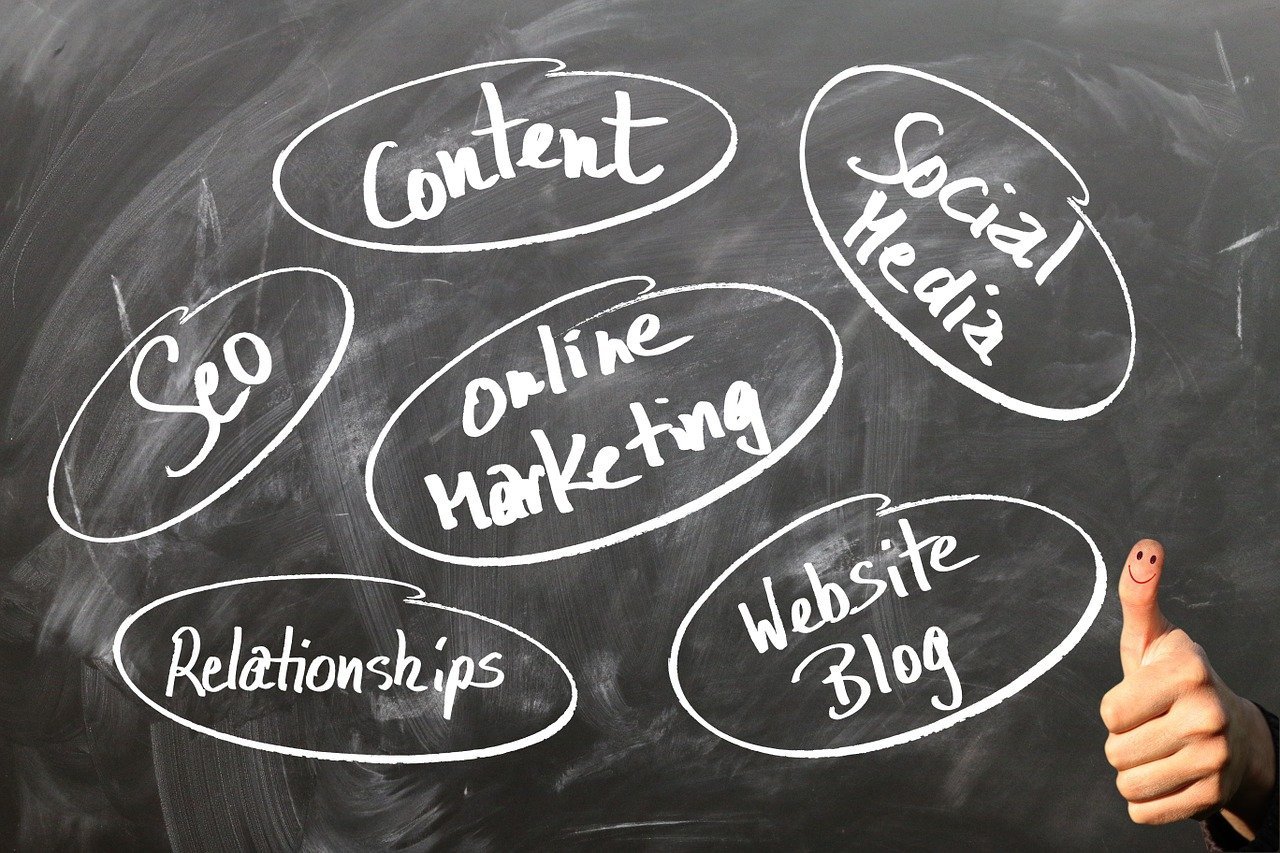How Visual Storytelling Builds Emotional Connections In today's digital world, creating meaningful connections with your…
Turning Data into Dynamic Visual Stories: Transforming Insights into Impact
In the digital age, data is the lifeblood of businesses and organizations. However, raw data alone often lacks the power to communicate meaningful insights. This is where turning data into dynamic visual stories becomes essential. By leveraging engaging visuals, data transforms into compelling narratives that captivate audiences and drive informed decision-making.
Why Visual Storytelling Matters

Visual storytelling takes complex data and presents it in an easy-to-understand format. It engages both the analytical and emotional parts of the brain, allowing for a deeper connection to the information presented. When done right, visual stories create memorable impressions and empower stakeholders to act on insights.
The Science Behind Visuals
Research shows that the human brain processes visual information 60,000 times faster than text. Approximately 90% of the information transmitted to the brain is visual, making it clear why infographics, charts, and dynamic dashboards resonate better than spreadsheets or lengthy reports.
Key Benefits of Dynamic Visual Data Stories
- Enhanced Engagement: Visual stories capture attention more effectively than static data.
- Improved Retention: Audiences remember visual content better than text alone.
- Informed Decision-Making: Clear visuals make it easier to identify patterns, trends, and actionable insights.
- Broader Reach: Shareable and visually appealing content performs better on digital platforms.
Best Practices for Turning Data into Dynamic Visual Stories
1. Define Your Objective
Before creating any visual story, clarify your purpose. Are you trying to highlight sales growth, customer behavior patterns, or market trends? Having a clear objective ensures your visuals remain focused and relevant.
2. Know Your Audience
Understanding who will consume your data story helps tailor the visuals to their preferences and level of expertise. Executives may prefer high-level dashboards, while analysts might require detailed charts.
3. Choose the Right Visualization Tools
Selecting the appropriate tools can make or break your visual storytelling efforts. Popular options include:
- Tableau: Ideal for interactive dashboards and complex data visualizations.
- Power BI: Great for business analytics and real-time insights.
- Google Data Studio: Perfect for creating shareable reports and visualizations.
- Canva & Infogram: Excellent for simple yet eye-catching infographics.
4. Focus on Data Accuracy and Integrity
A visually stunning story loses credibility if the data is inaccurate. Ensure your data sources are reliable, clean, and up-to-date.
5. Craft a Narrative Structure
Every compelling story has a beginning, middle, and end. Start by introducing the problem or context, highlight key findings, and conclude with actionable insights or recommendations.
6. Simplify Complex Data
Break down complex datasets into digestible visual elements. Use color coding, labels, and annotations to guide the audience through the narrative.
7. Incorporate Dynamic Elements
Interactive dashboards and animations elevate static visuals into dynamic experiences. Allow users to drill down into specific data points or filter information based on their interests.
Effective Visualization Techniques
Bar and Column Charts
Best for comparing quantities across categories.
Line Graphs
Ideal for showing trends over time.
Pie Charts
Useful for displaying proportions but should be used sparingly.
Heat Maps
Great for showing variations in data density or intensity.
Scatter Plots
Effective for identifying relationships between variables.
Infographics
A creative way to combine visuals and text for storytelling.
Tools and Technologies for Dynamic Data Visualization
Artificial Intelligence (AI) and Machine Learning (ML)
AI and ML can uncover hidden patterns in data and generate predictive insights, which can then be visualized dynamically.
Augmented Reality (AR) and Virtual Reality (VR)
AR and VR offer immersive data experiences, enabling users to interact with complex datasets in 3D environments.
Cloud-Based Analytics Platforms
Platforms like AWS, Google Cloud, and Microsoft Azure provide scalable solutions for dynamic data visualization.
Real-World Applications
Marketing Campaigns
Visual data stories help track campaign performance and optimize strategies in real-time.
Healthcare
Dynamic dashboards monitor patient outcomes and resource allocation.
Finance
Visualizing financial data allows stakeholders to identify trends, manage risks, and forecast future performance.
Education
Interactive visualizations make learning more engaging and accessible for students.
Conclusion
Turning data into dynamic visual stories is a powerful way to communicate insights and drive meaningful action. By leveraging the right tools, techniques, and best practices, businesses and organizations can harness the full potential of their data. The result? More informed decisions, better stakeholder engagement, and a competitive edge in an increasingly data-driven world.
FAQs
1. What is a dynamic visual story? A dynamic visual story uses interactive elements and engaging visuals to present data in a narrative format.
2. Why is visual storytelling important for businesses? It simplifies complex data, enhances audience engagement, and supports informed decision-making.
3. What tools are best for creating dynamic visual stories? Tableau, Power BI, Google Data Studio, and Canva are popular choices.
4. How do I choose the right visualization for my data? Consider the type of data and your objective. Bar charts are great for comparisons, line graphs for trends, and heat maps for data intensity.
5. Can dynamic visual stories be used in all industries? Yes, from marketing and finance to healthcare and education, visual storytelling is beneficial across various sectors.
6. What are common mistakes to avoid in data visualization? Avoid cluttered visuals, inaccurate data, and lack of context.
7. How can I ensure my data story is effective? Focus on a clear narrative, accurate data, and audience-centric design.
8. What role does AI play in dynamic visual storytelling? AI can identify patterns in data and generate insights, enhancing the storytelling process.
9. Is interactive visualization better than static visualization? Interactive visualizations provide a richer experience by allowing users to explore data on their terms.
10. How can I get started with visual storytelling? Start by defining your objective, knowing your audience, and choosing the right tools to bring your data story to life.




